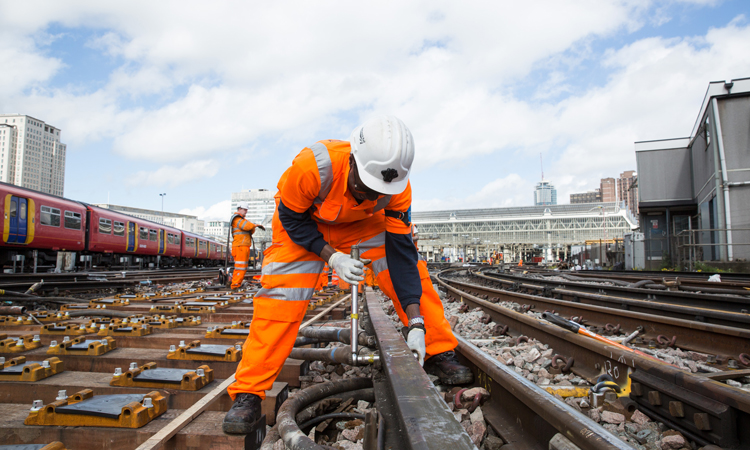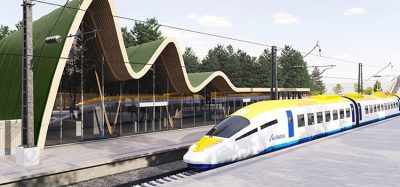New technology for the UK improves vital rail maintenance process
Posted: 27 November 2018 | Global Railway Review | No comments yet
Track workers will spend less time working on live rails, and passenger services will be more reliable, with the implementation of ‘faster safer isolations’.


New technology being rolled out across the South Western Railway route will provide track workers with an extra 1,600 hours per year for vital overnight maintenance and renewal work.
The extra hours – equal to 66 days a year – will mean infrastructure on one of the busiest and most congested parts of the railway is more reliable, with fewer delays for passengers.
Known as ‘faster safer isolations’, the technology allows for a more efficient, safer way to turn off the power on the railway line. It brings an end to the outdated and laborious practice of ‘manual strapping’ which typically requires two people having to walk out onto the live railway line, carrying more than 30kg of kit.
Currently, around 2,500 work hours a year are spent doing manual strapping on this part of the railway.
The new approach requires one person to drive out to a local control panel, away from the live railway, and operate a series of switches.
Becky Lumlock, Route Managing Director for Network Rail’s Wessex route, said: “The window of time where our track staff are able to work on the railway overnight is one of the shortest in Britain, with the last and first train times on a weekday night of typically 01:00 and 04:30.
“This incredible time saving technology will allow us to be more productive in this short window so we can carry out more maintenance work on our railway, giving our passengers more reliable journeys. It is also much safer for our workforce, keeping them off the live railway more of the time.”
Across the country, more than 20 members of Network Rail staff are injured each year when using the traditional manual strapping method to turn off the power.
The technology has been successfully trialled in the Guildford area and is now being rolled out across the network. More than 450 of the devices required for this technology will be installed by March 2019, with a further 400 to be installed over the coming three years.
OUT NOW: The Definitive Guide to Rail’s Digital Future
The rail industry is undergoing a digital revolution, and you need to be ready. We have released our latest market report, “Track Insight: Digitalisation.”
This is not just another report; it’s your comprehensive guide to understanding and leveraging the profound technological shifts reshaping our industry. We move beyond the buzzwords to show you the tangible realities of AI, IoT, and advanced data analytics in rail.
Discover how to:
- Optimise operations and maintenance with real-time insights.
- Enhance passenger services through seamless, high-speed connectivity.
- Leverage technologies like LEO satellites to improve safety and efficiency.
Featuring expert analysis from leaders at Nomad Digital, Lucchini RS, Bentley Systems and more, this is a must-read for any rail professional.







